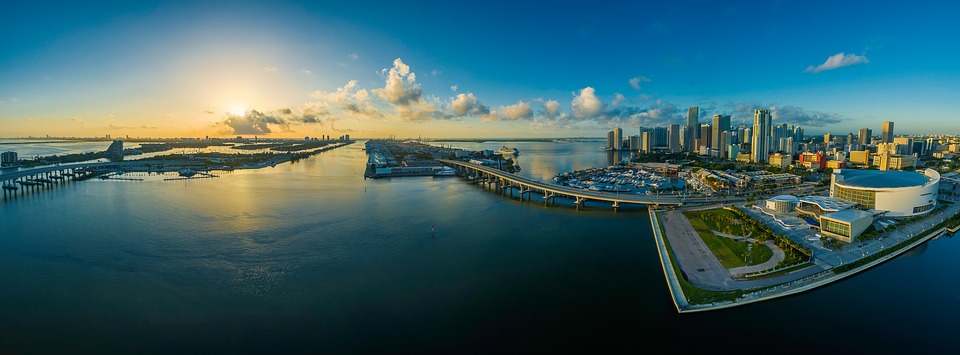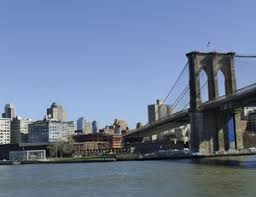Please Note: We have listed this article course as a flipbook on this page for those interested in auditing the course/lesson. If you need to report this course for Continuing Education (CE) or need a certificate, please enroll in the course or get a Platinum membership and access all our courses at your leisure. Enrolled students must take and pass the short quiz in order to earn CE credits. In addition, this course needs to be self-reported. Self-reporting information will be accessible once you complete the Quiz.
About
Rising seas and powerful storms are taking a heavy toll on the people, wildlife, and natural habitat of the coastline. That said, development continues without consideration for the future of people living and working in the buildings and the delicate ecosystems under attack from climate change, human activities, and pollution. It is time to rethink how urban waterfronts are developed, and that is precisely why the Waterfront Alliance developed the Waterfront Edge Design Guidelines (WEDG), an incentive-based ratings system to make “waterfronts resilient, environmentally healthy, accessible, and equitable for all.”
The Waterfront Alliance created the Waterfront Edge Design Guidelines (WEDG) program to answer a simple question: how can we create the best possible waterfront by promoting resilient, publicly accessible, and ecologically responsible design? The result of a collaboration between government agencies, not-for-profit organizations, technical experts, and other waterfront stakeholders, WEDG seeks to address this question through a new rating system and communication tool for landowners, community members, developers, designers, and engineers.
What you will learn
- Introduce the technical basis of WEDG®, a new rating system for resilient, accessible, and ecologically-responsible waterfront design.
- Analyze why the WEDG® rating system is needed
- Understand how the WEDG® rating system works
- Understand the relationship of WEDG® to other building rating systems
Course Content







Responses